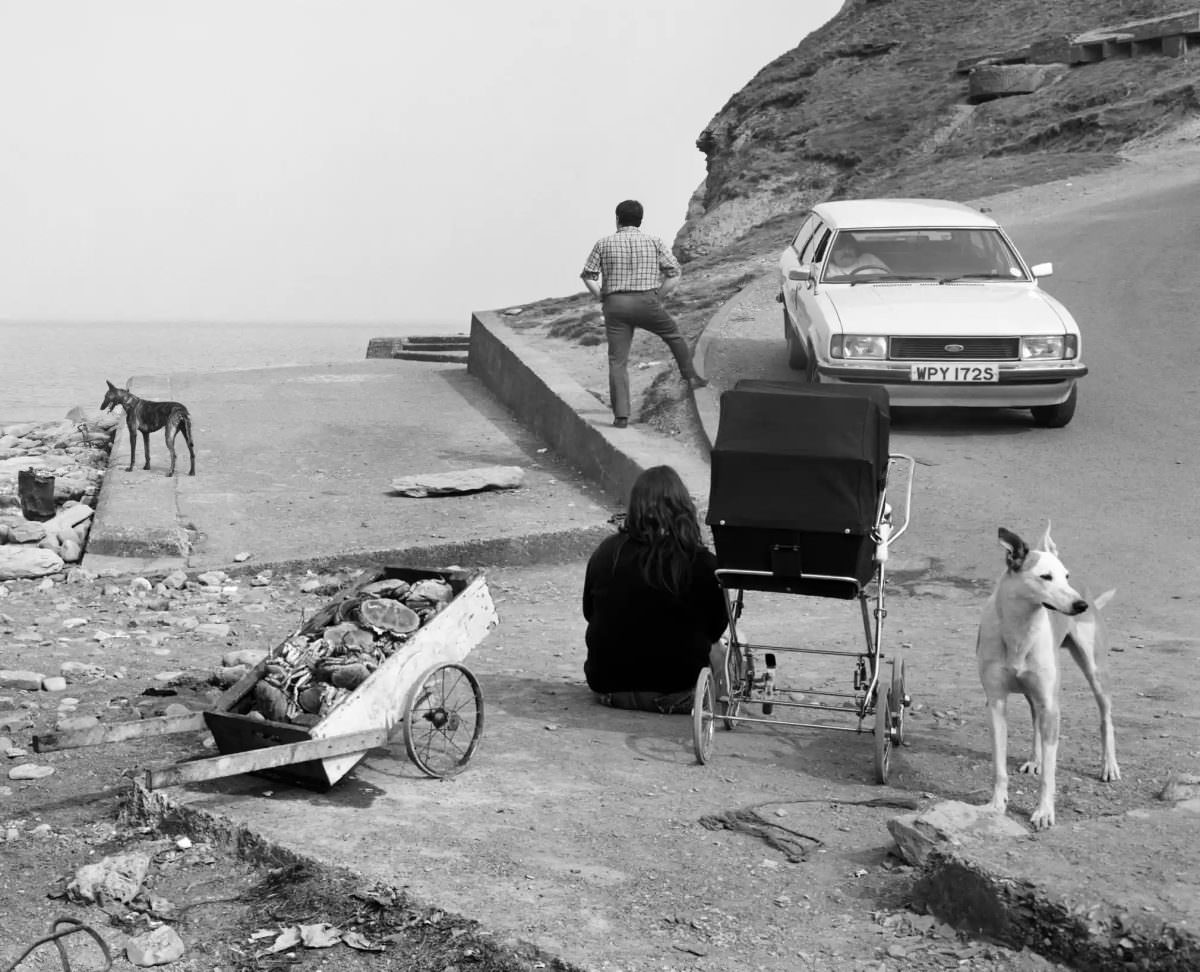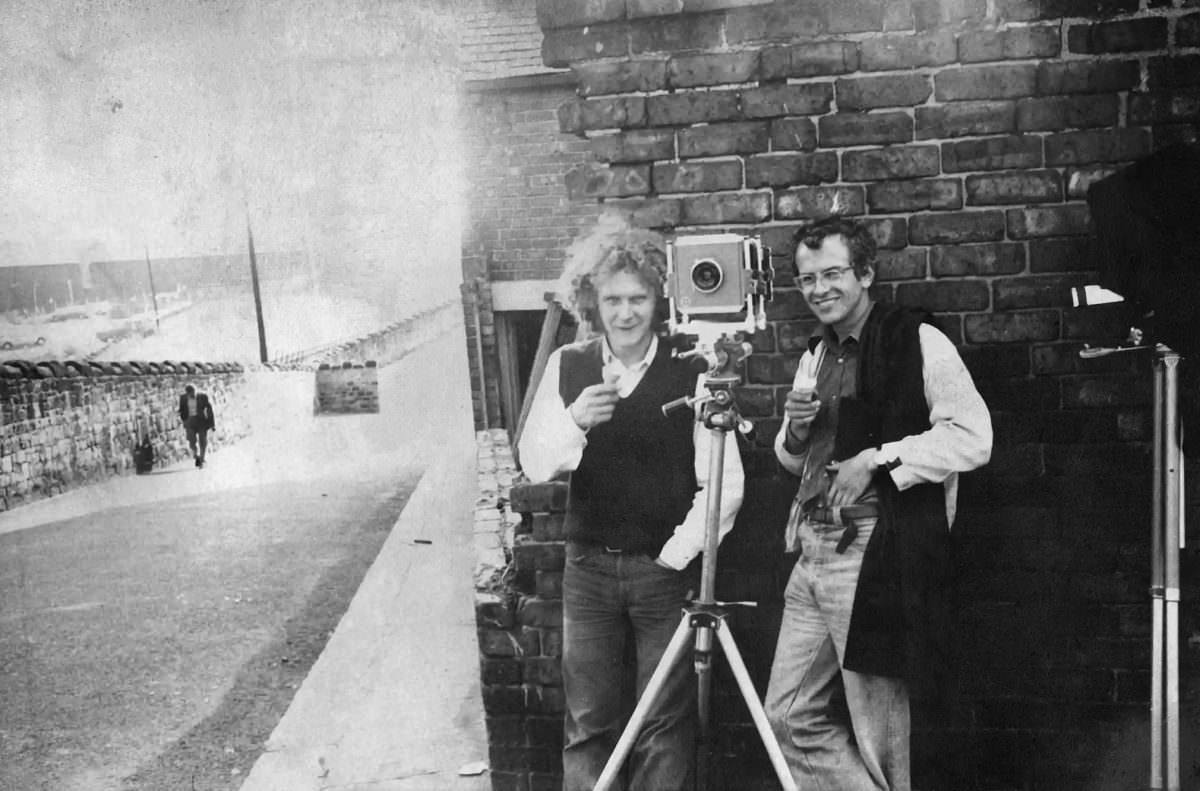In the heart of England’s industrial north, a story unfolded between 1975 and 1987. Photographers Chris Killip and Graham Smith pointed their lenses at a region undergoing dramatic change, capturing the lives of everyday people against a backdrop of disappearing industries and struggling communities. Their photographs, focused primarily on areas like Skinningrove, Tyneside, Middlesbrough, and Co Durham, paint a poignant picture of a disappearing way of life.
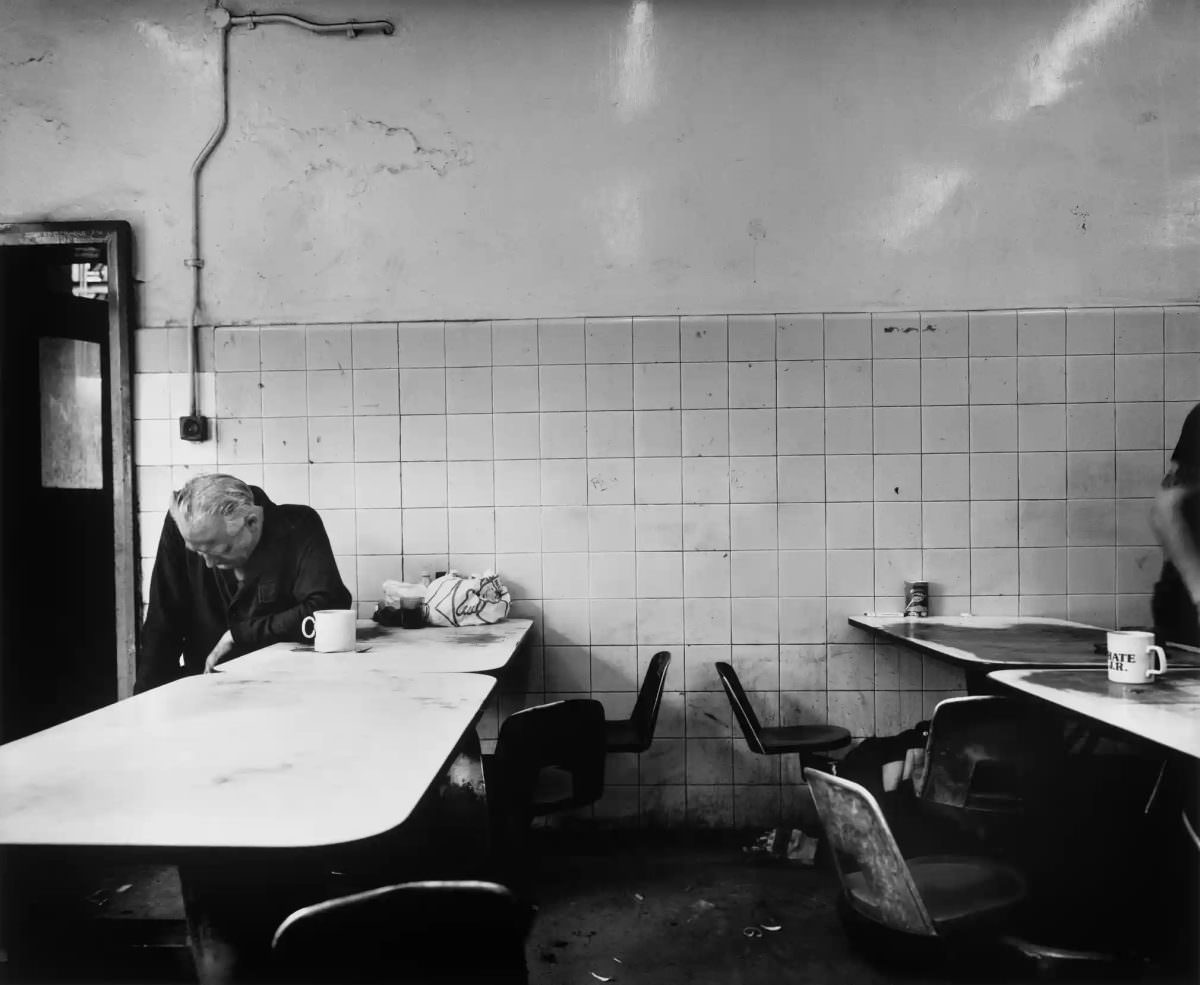
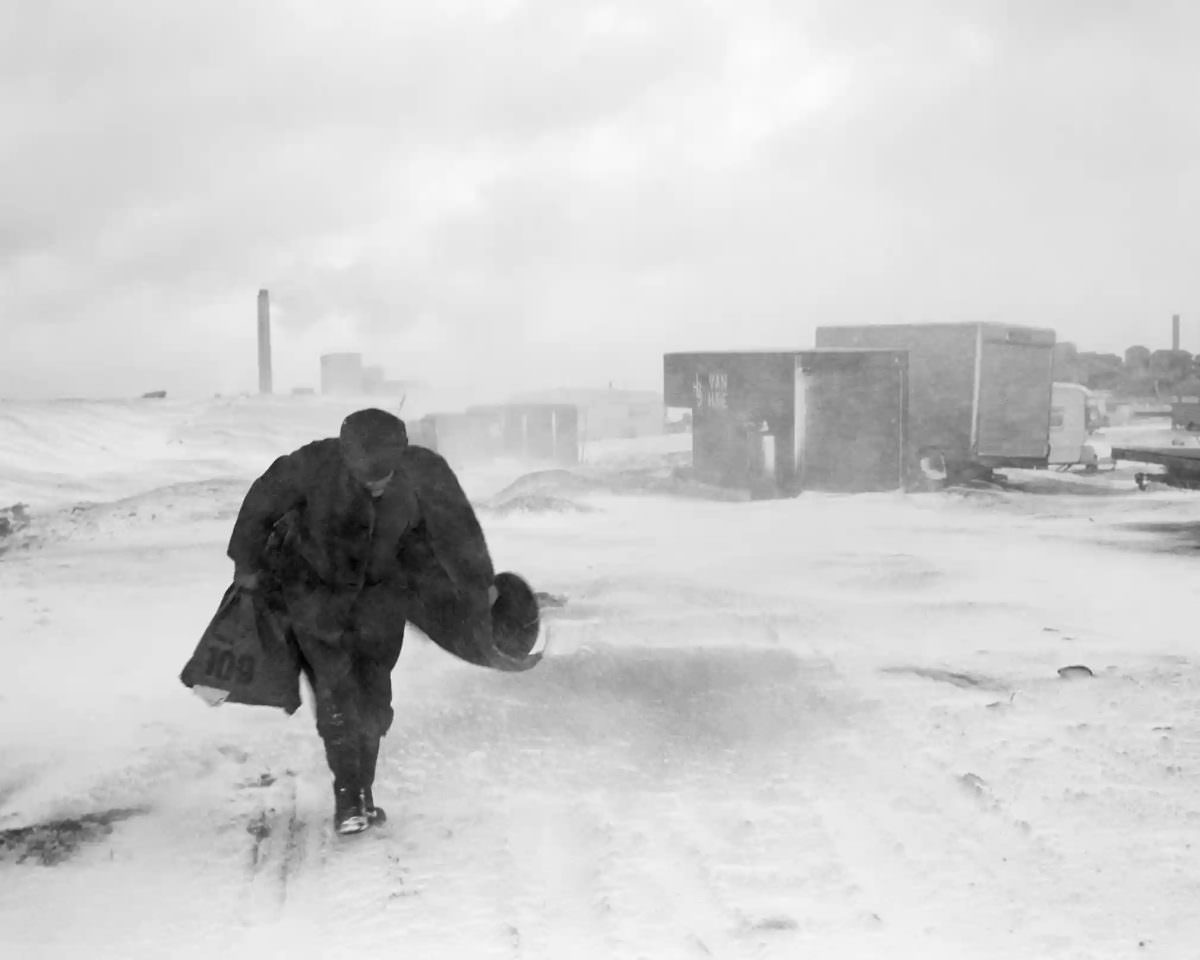
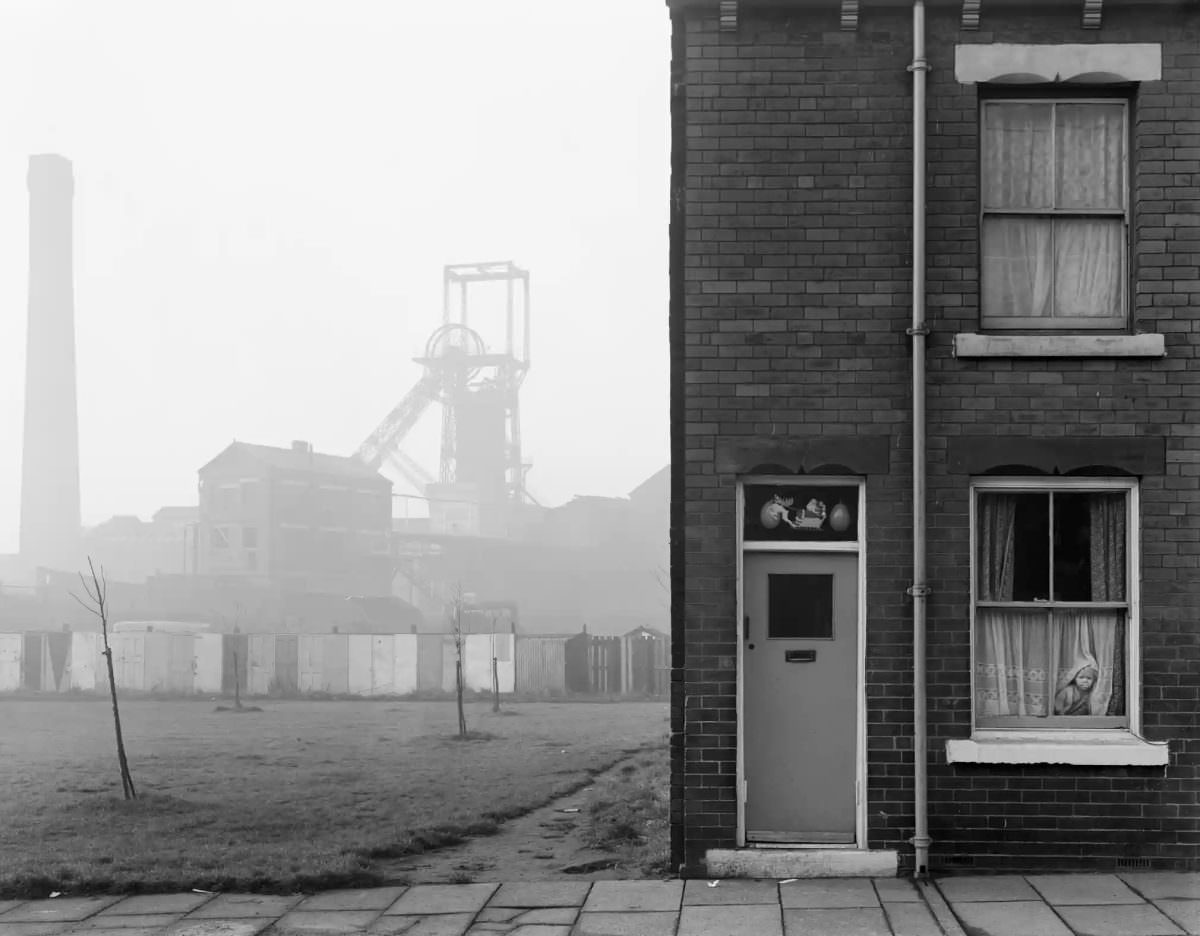
One striking image from 1983 shows a furnace worker at the Clay Lane Ironworks in Middlesbrough. He sits alone in the mess room, a simple mug on the table before him. His downcast gaze speaks volumes, reflecting the fatigue and uncertainty of a man facing an uncertain future. This photograph, titled “Thirty-Eight Bastard Years on the Furnace Front,” encapsulates the harsh realities of the time. The British Steel Corporation was offering buyouts, encouraging workers to leave their jobs. This particular worker, 62 years old and worn down, applied for redundancy but was denied. His experience was deemed too valuable, his well-being seemingly insignificant in comparison.
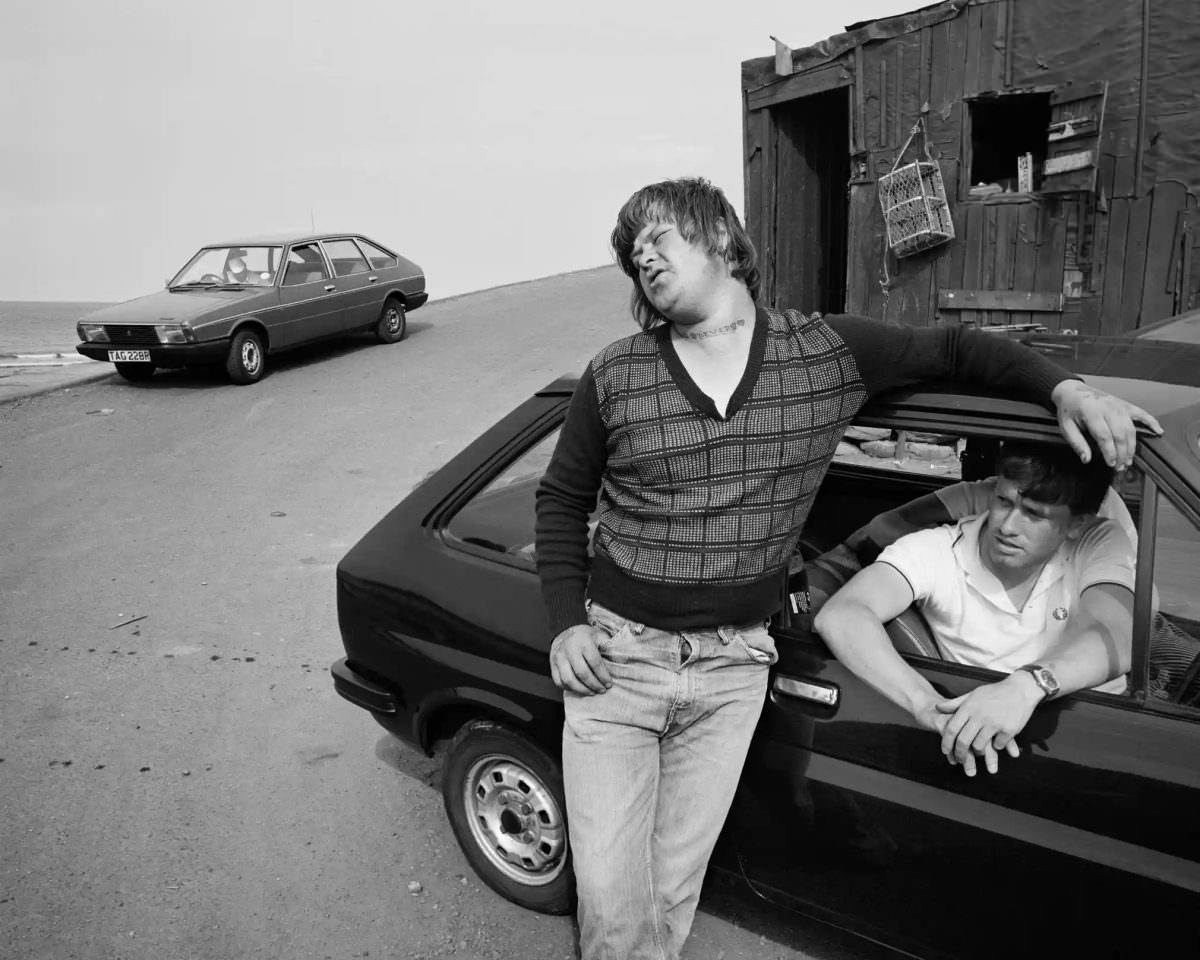
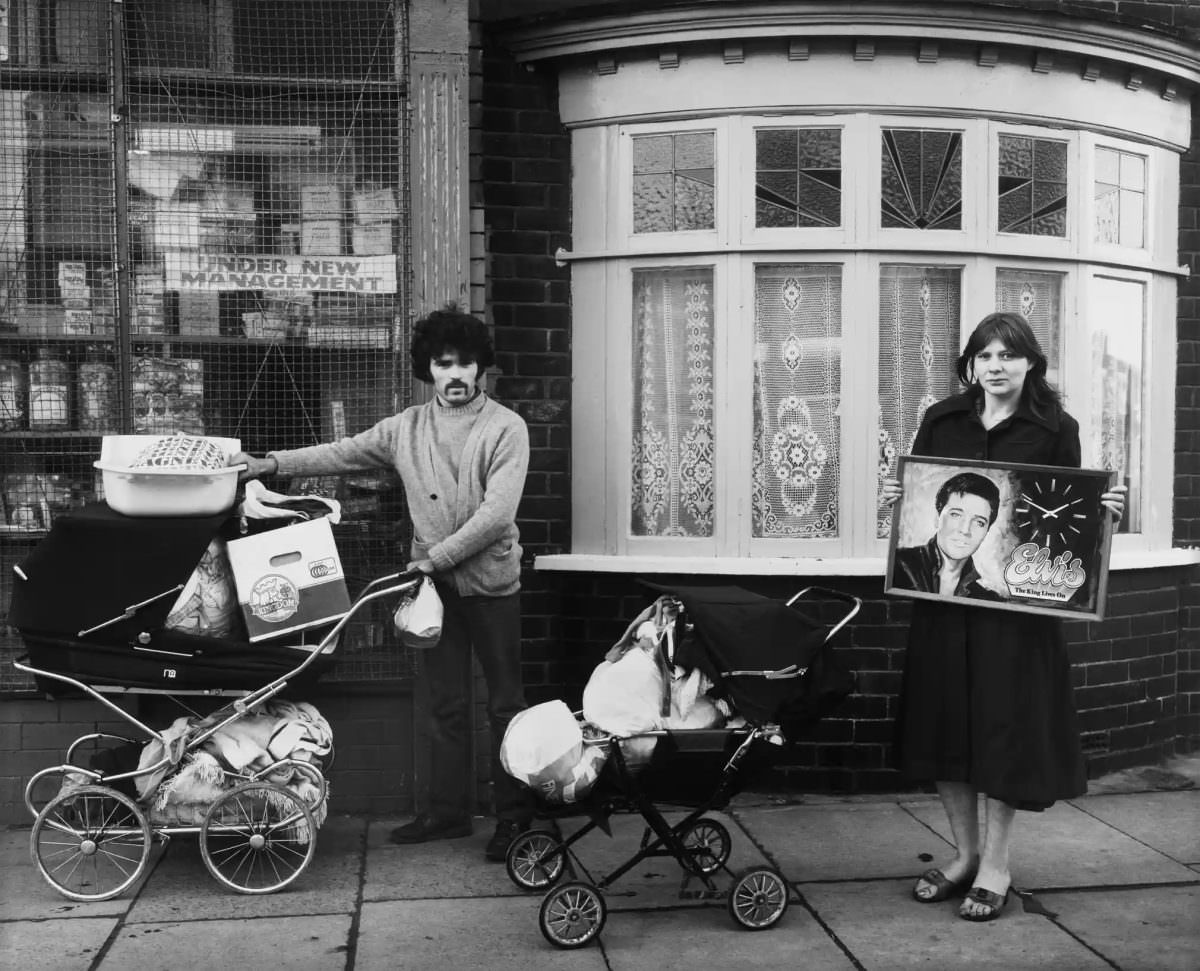
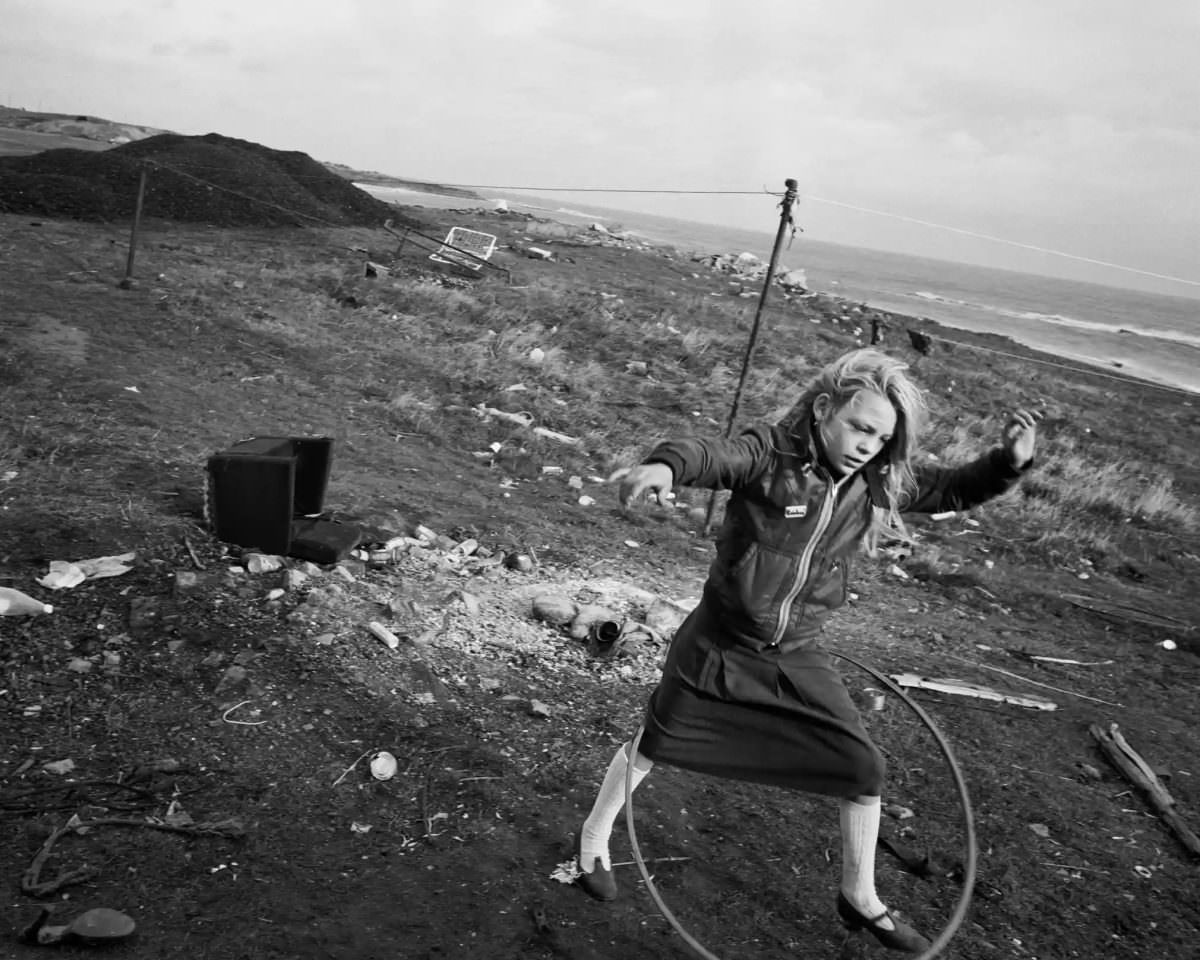
Killip and Smith’s photographs go beyond individual portraits; they capture entire communities grappling with the decline of industries that had sustained them for generations. Images of shipyards, coal mines, and steelworks – once symbols of prosperity – now stand as silent witnesses to economic hardship and unemployment. We see families struggling to make ends meet, young people with limited opportunities, and a sense of despair hanging over once-thriving towns.
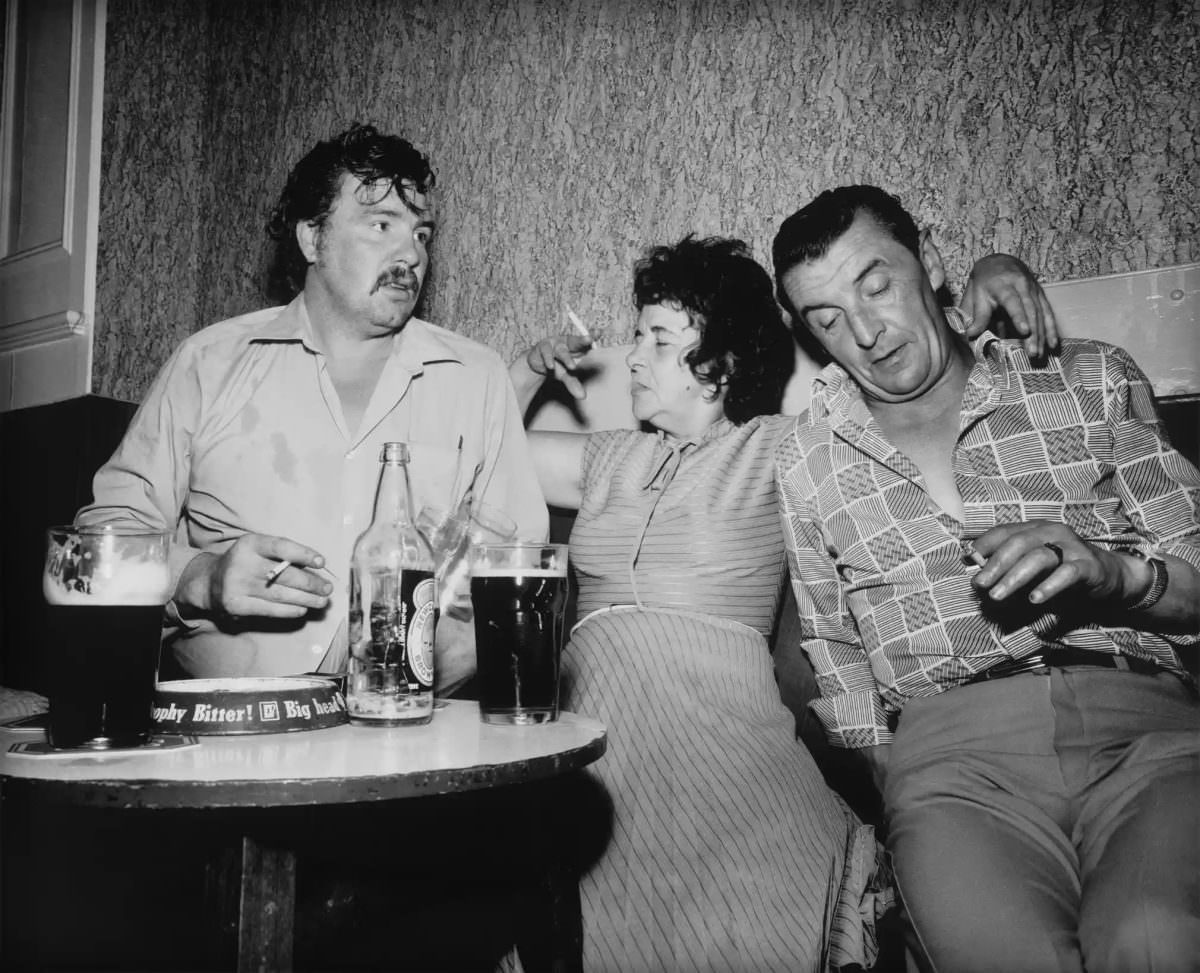
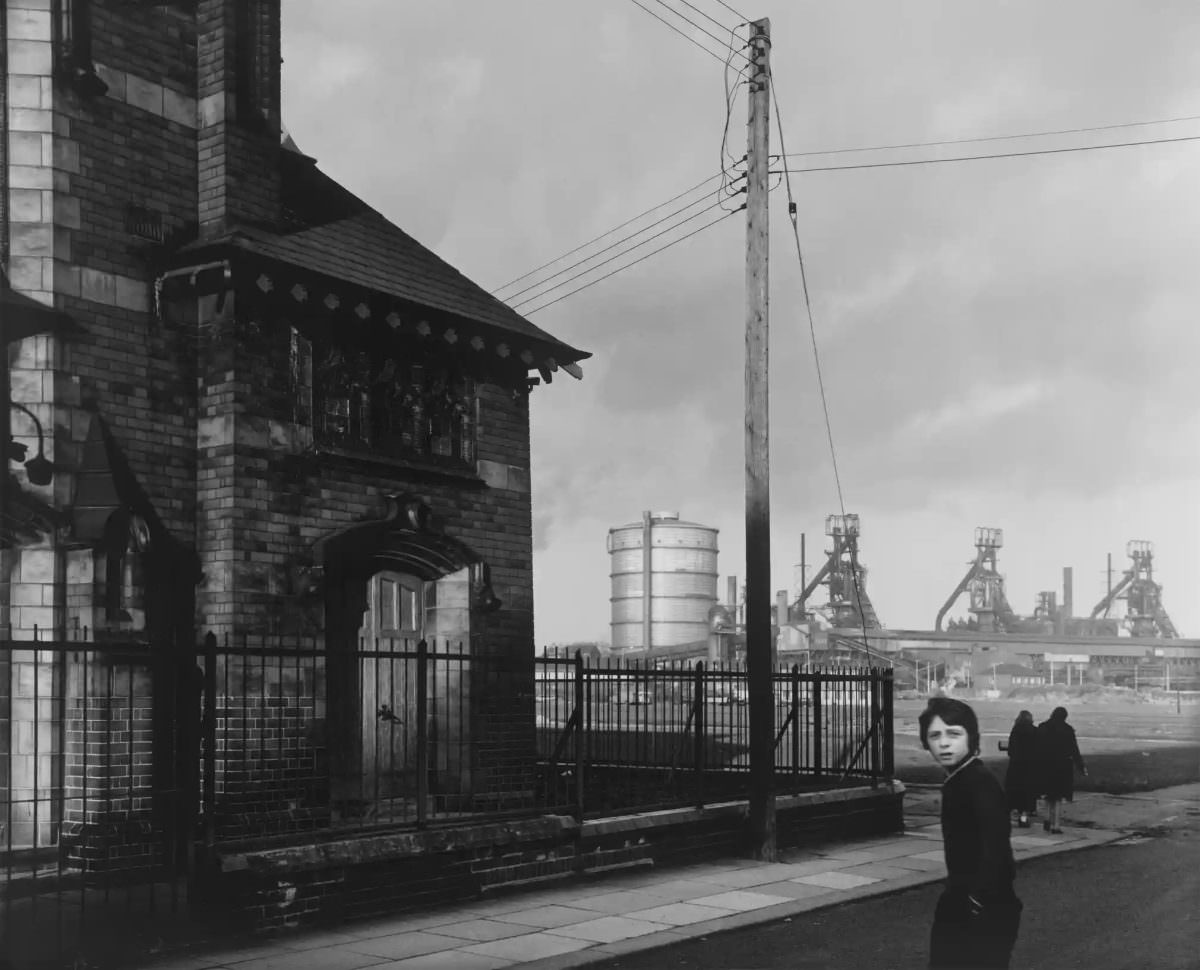
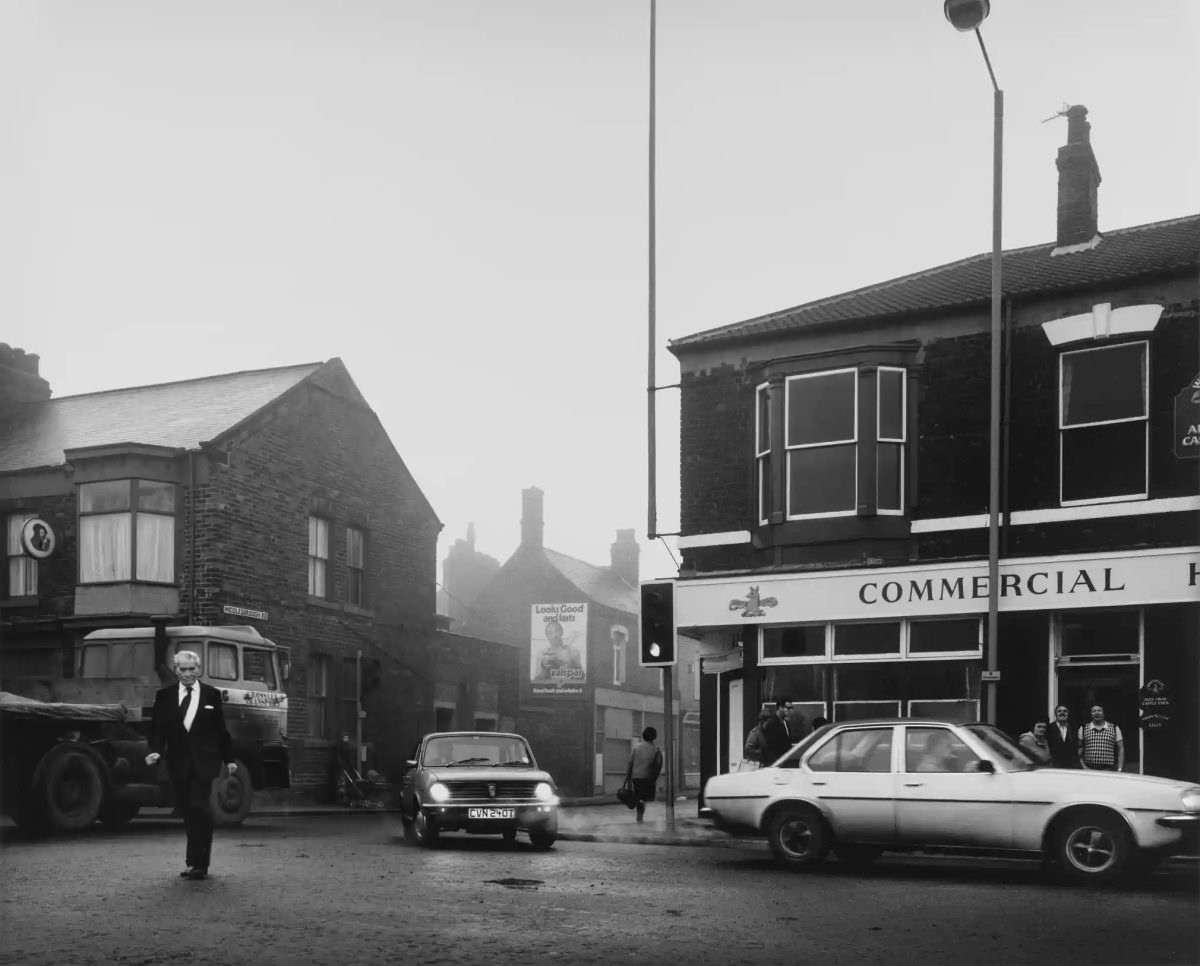
The photographers immerse us in the everyday lives of these communities. We see children playing in the shadows of industrial giants, families gathering on doorsteps, and individuals seeking solace in local pubs.
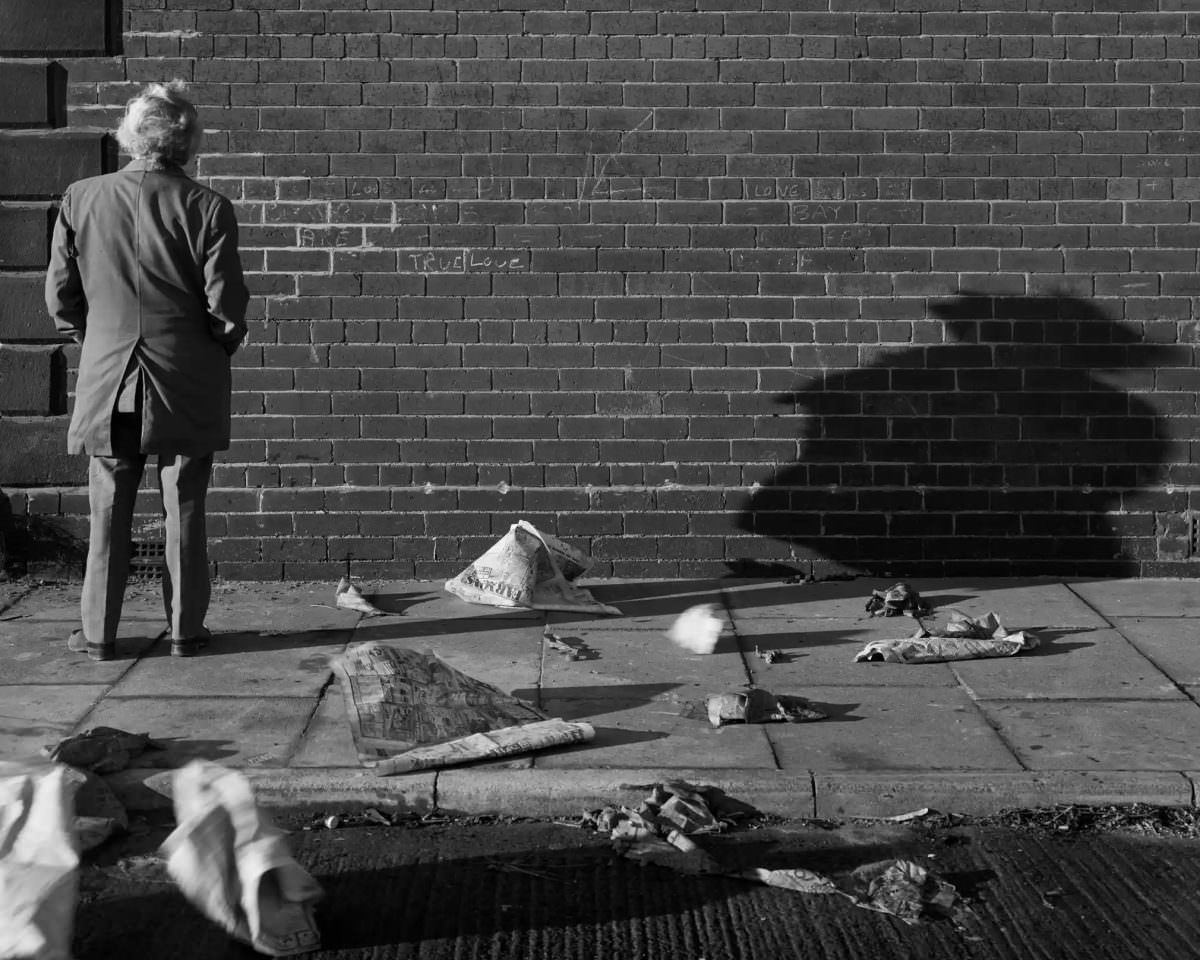
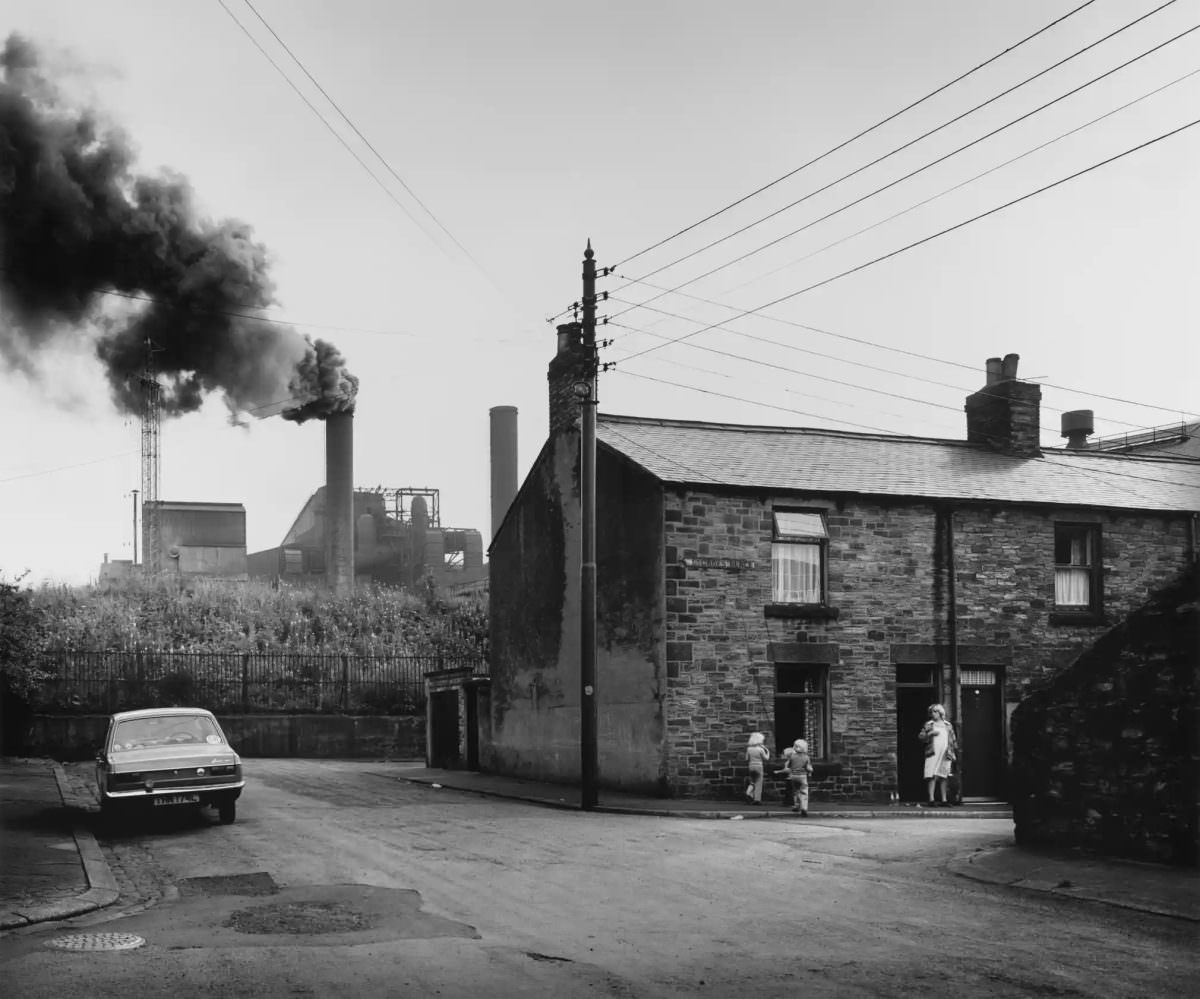
Killip and Smith’s work also reveals the resilience and spirit of the people they photographed. We witness acts of solidarity, moments of joy amidst hardship, and a determination to maintain dignity in the face of adversity. A photograph of a young girl skipping rope, her carefree spirit contrasting with the desolate industrial landscape behind her, speaks to the enduring hope that persists even in the toughest of times.
